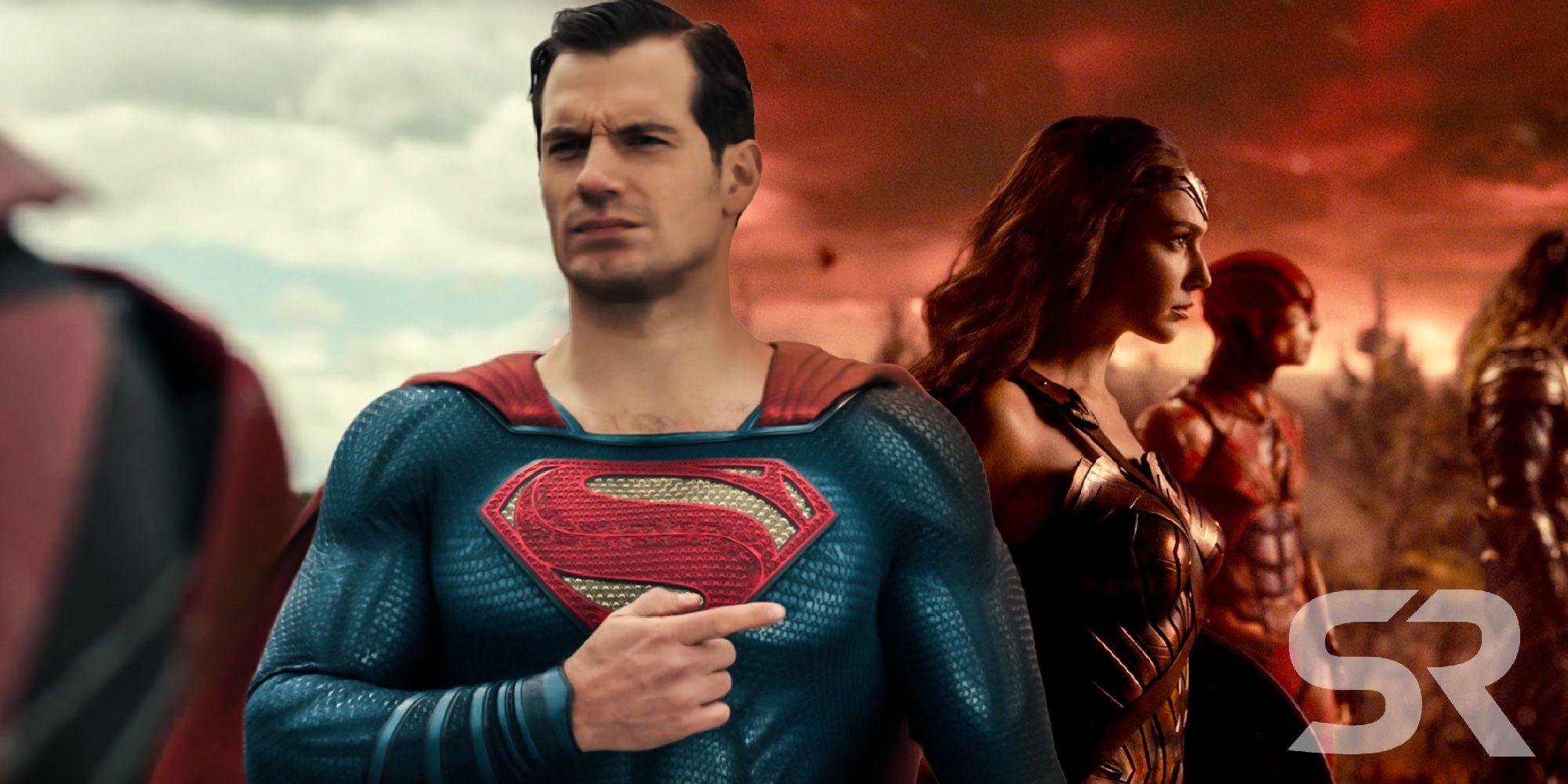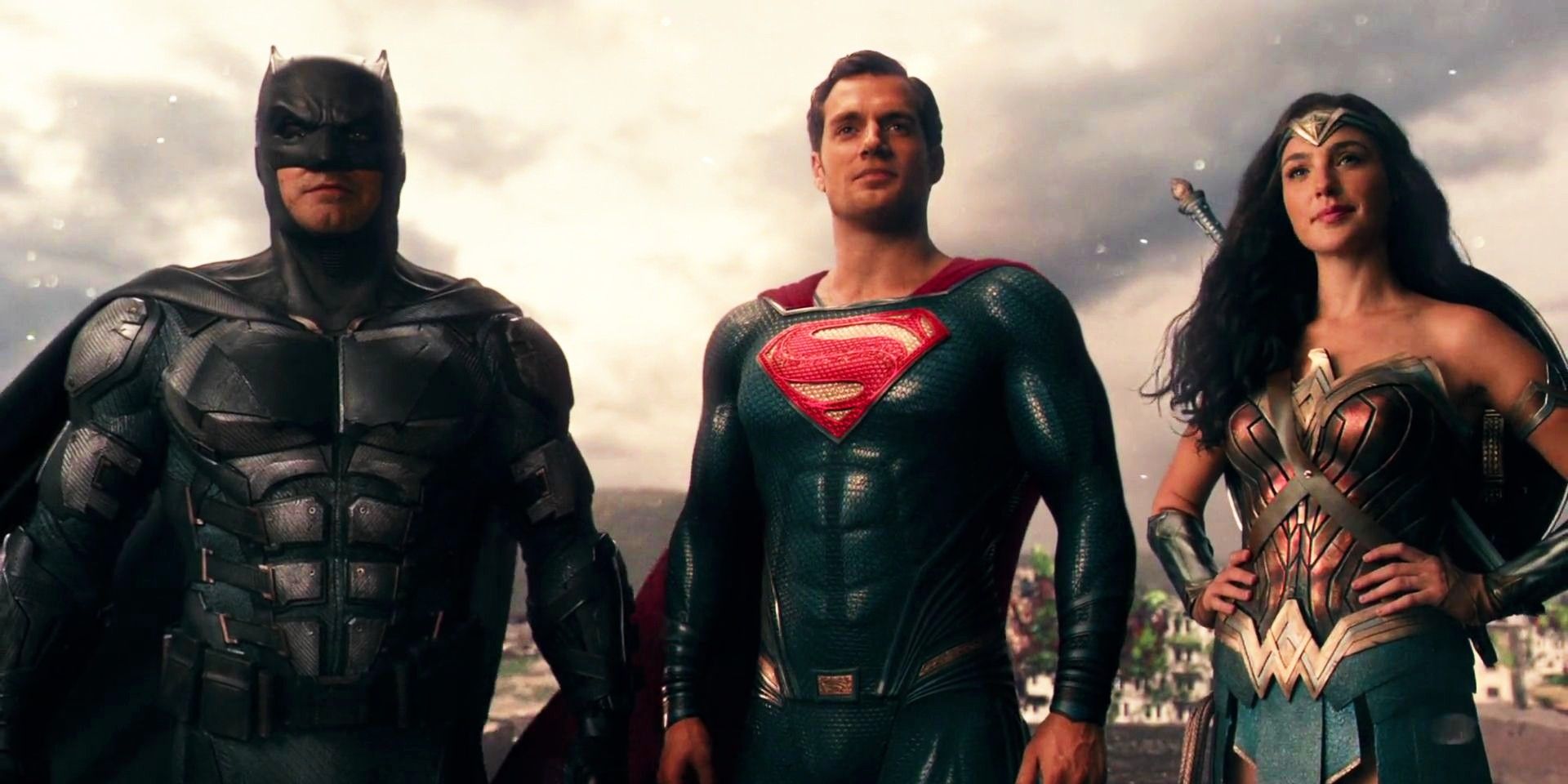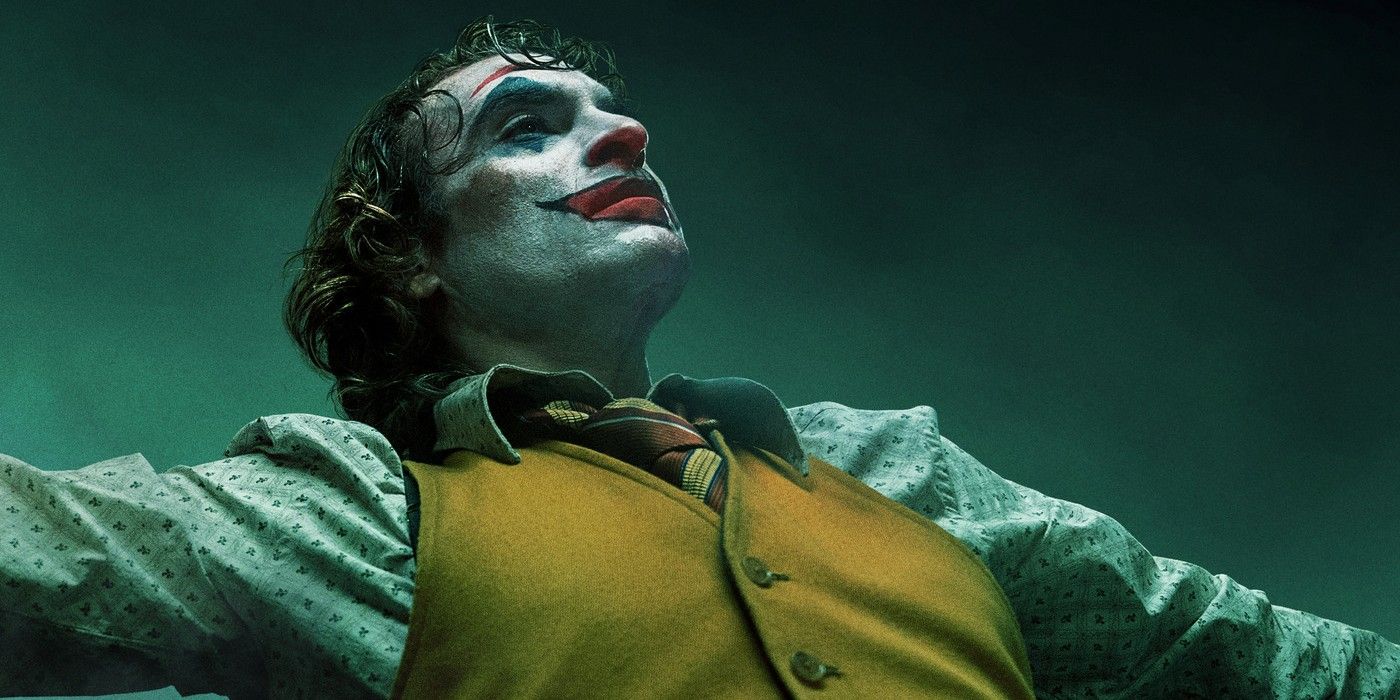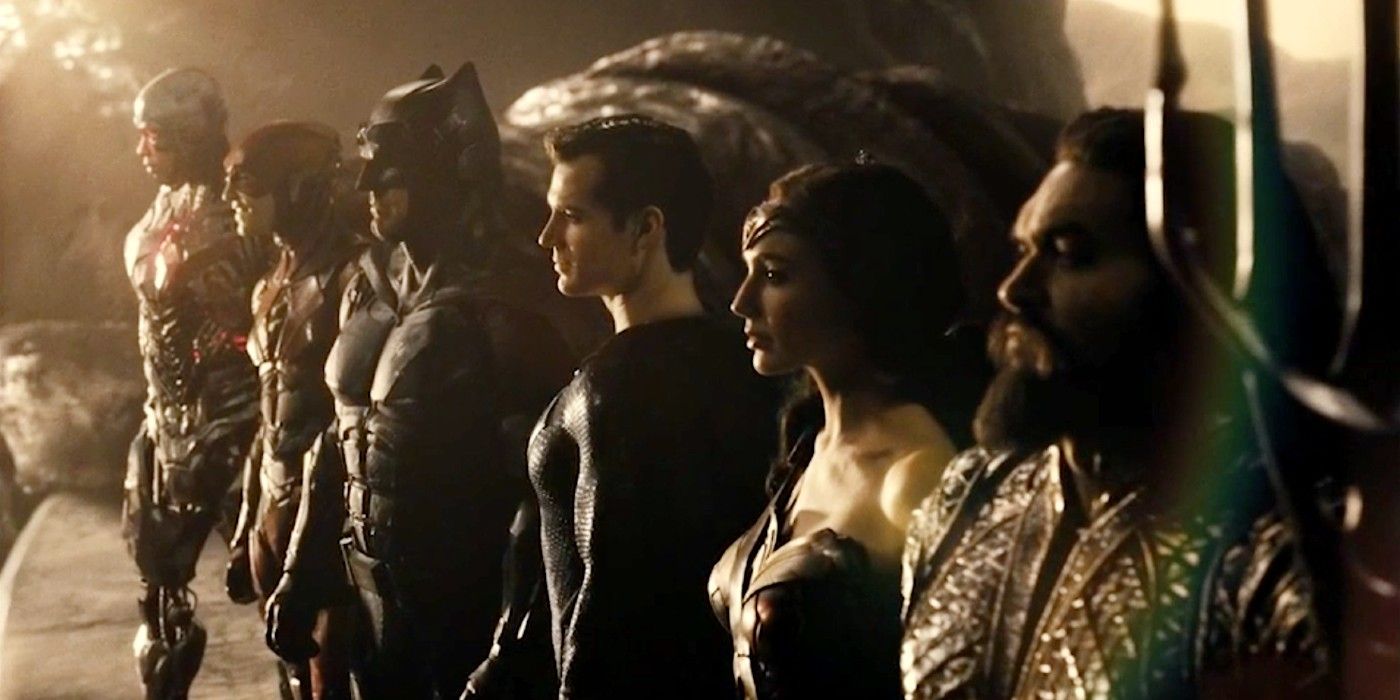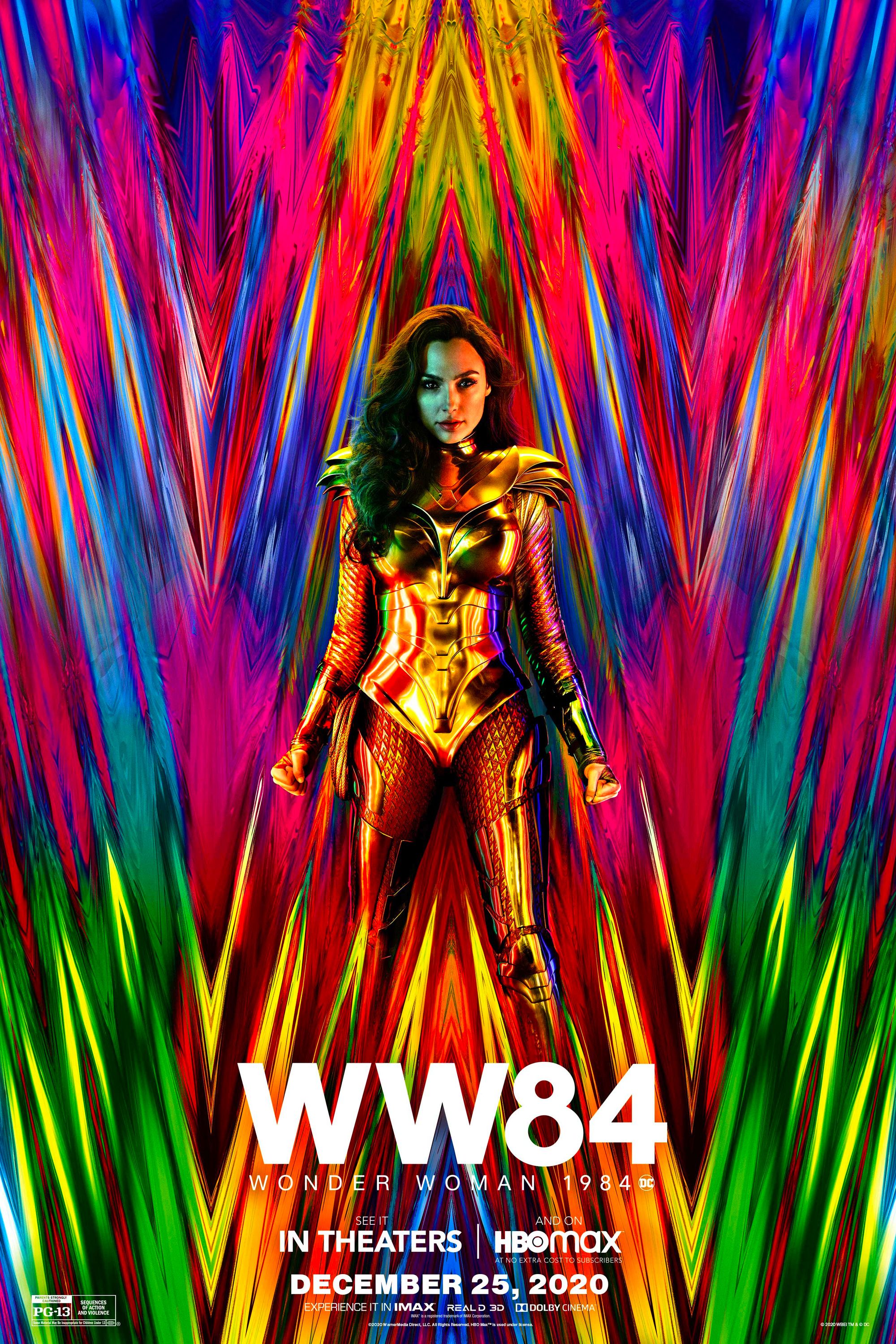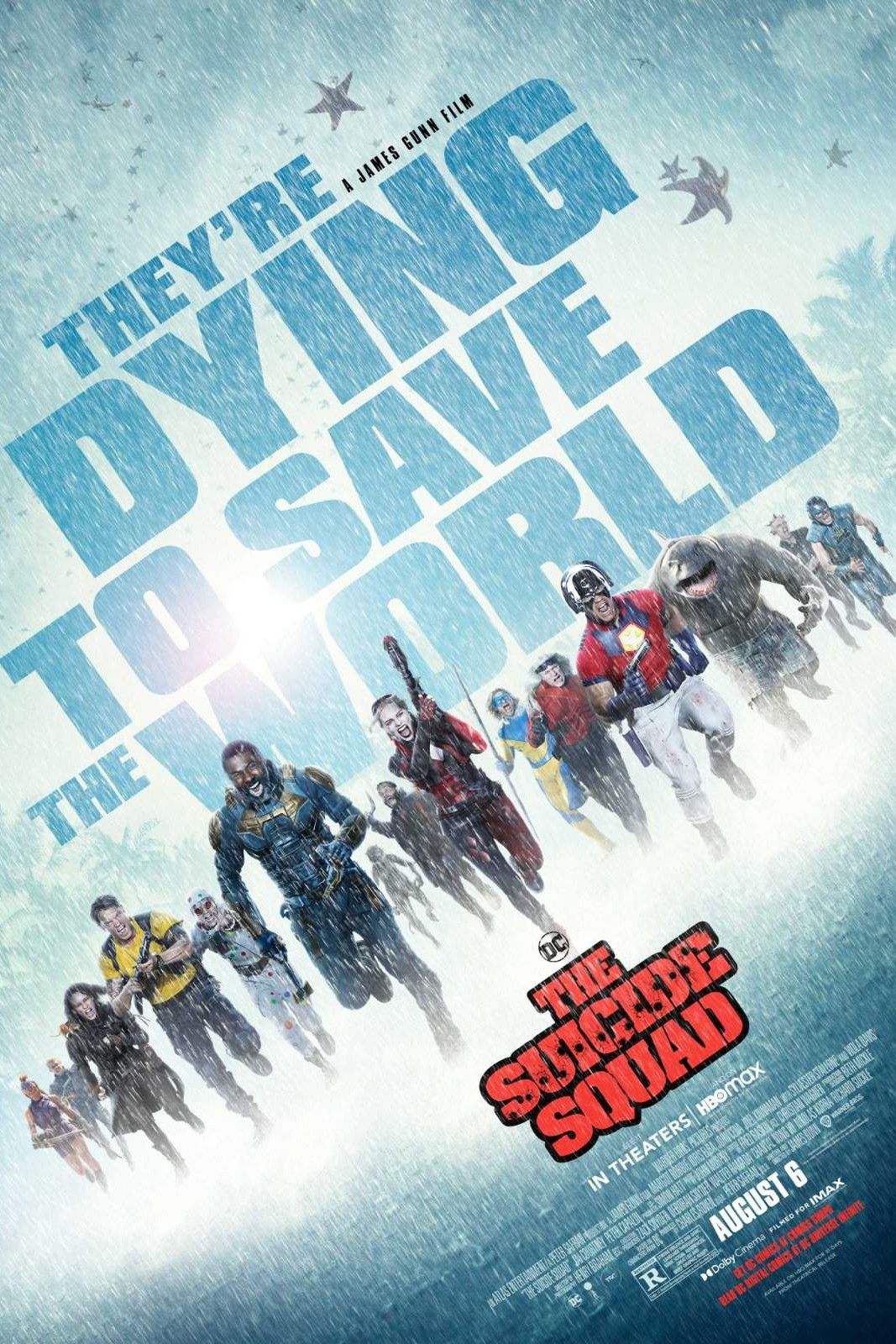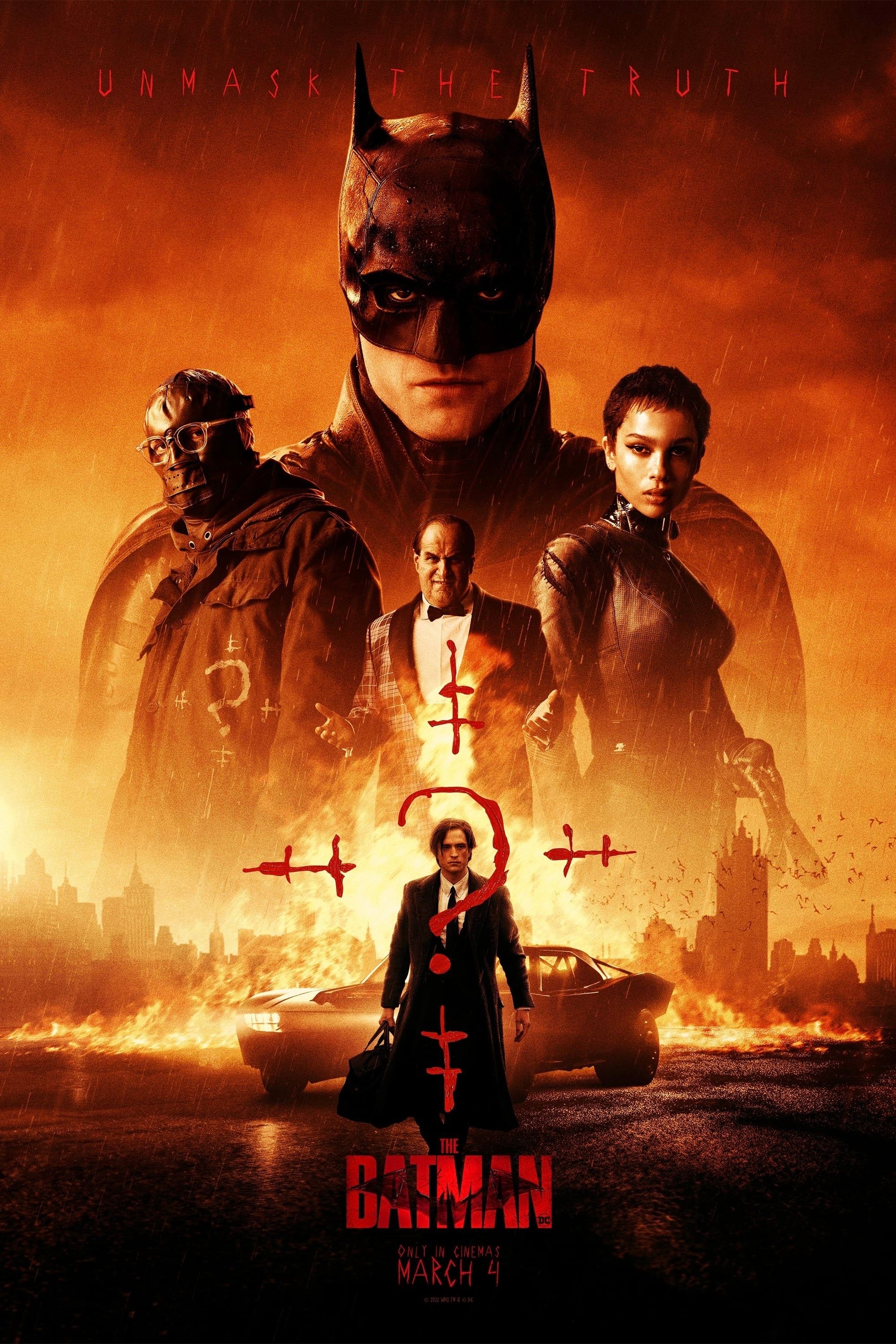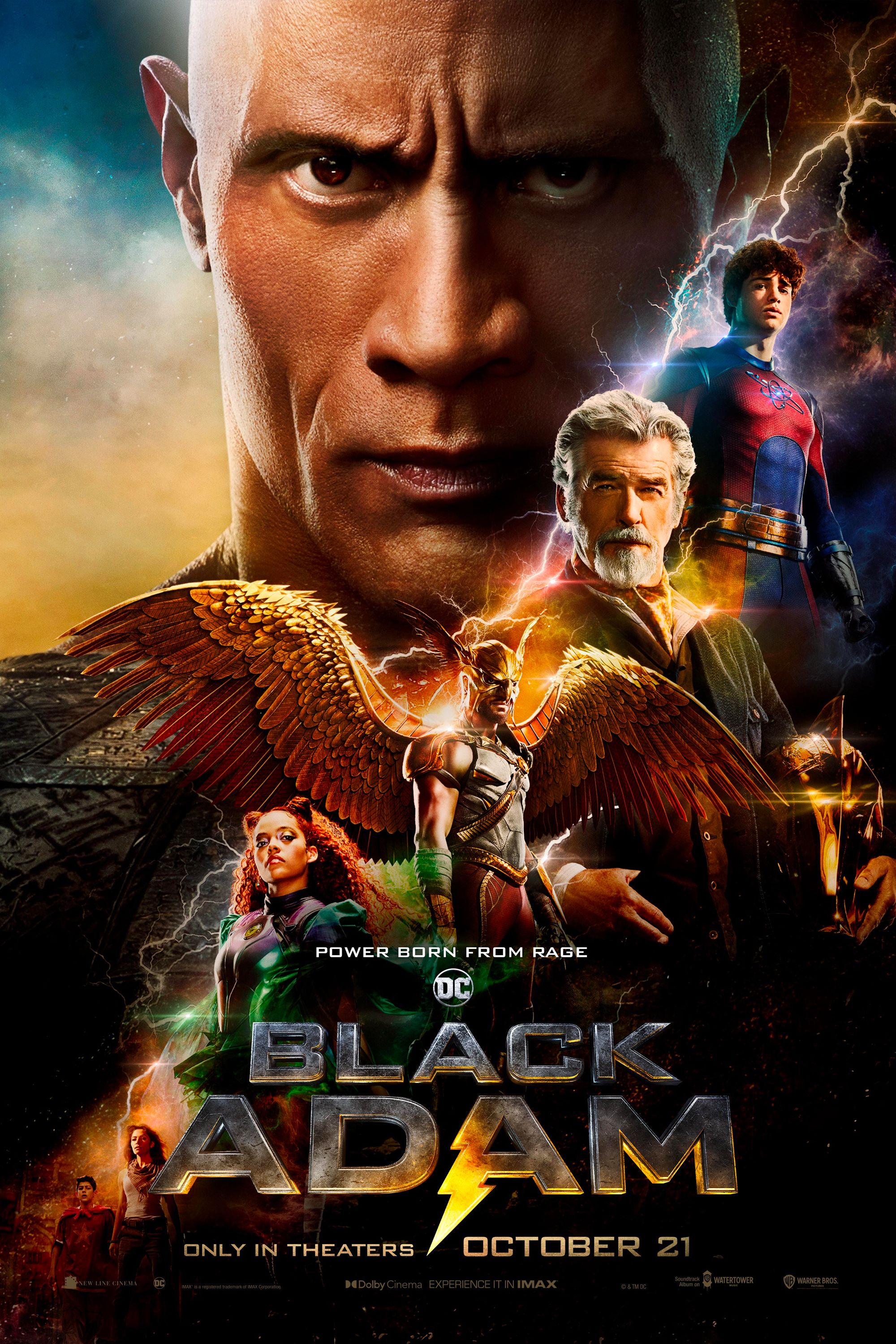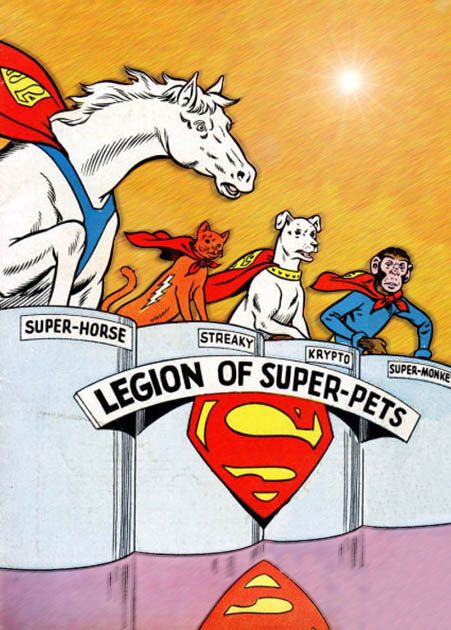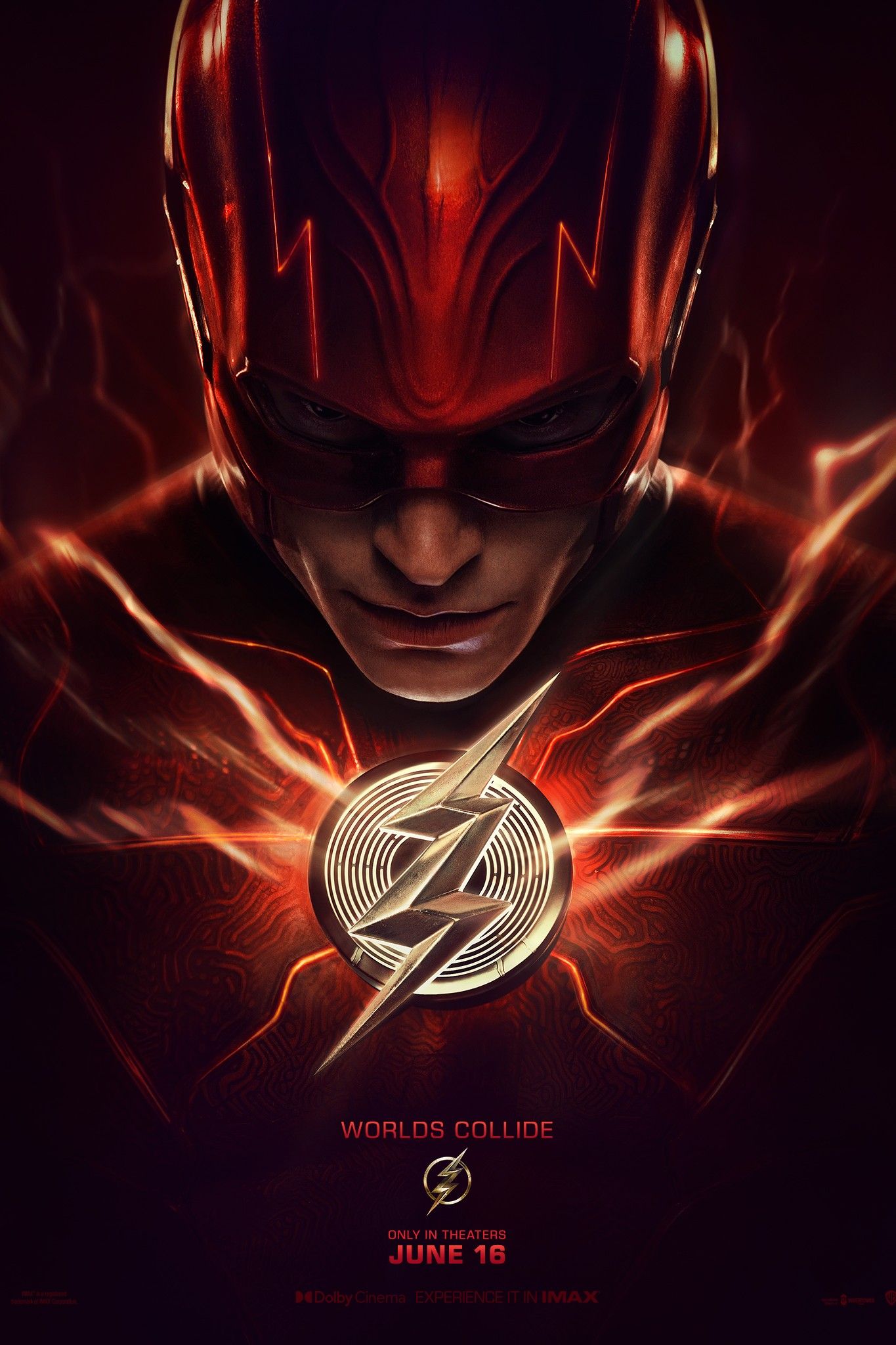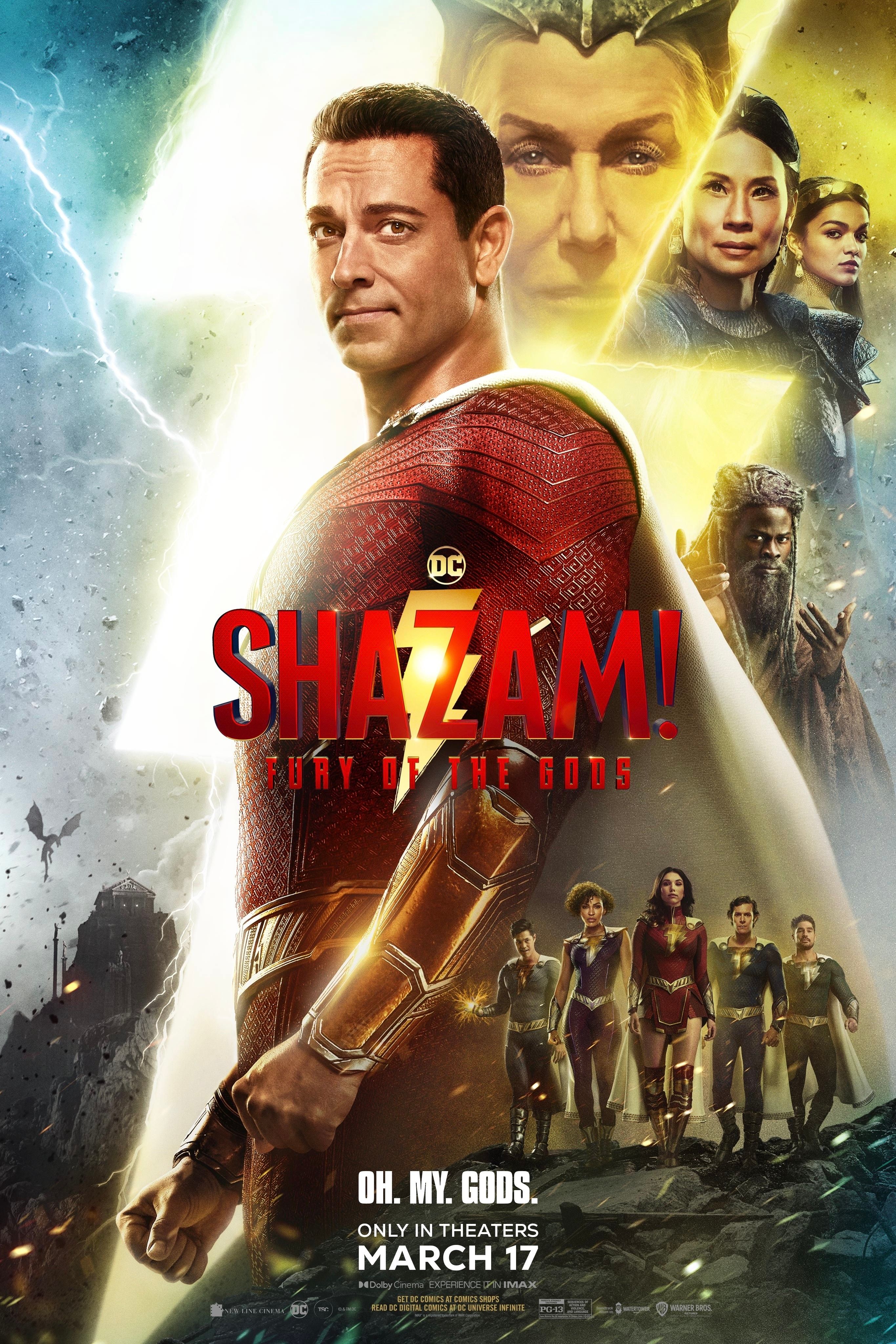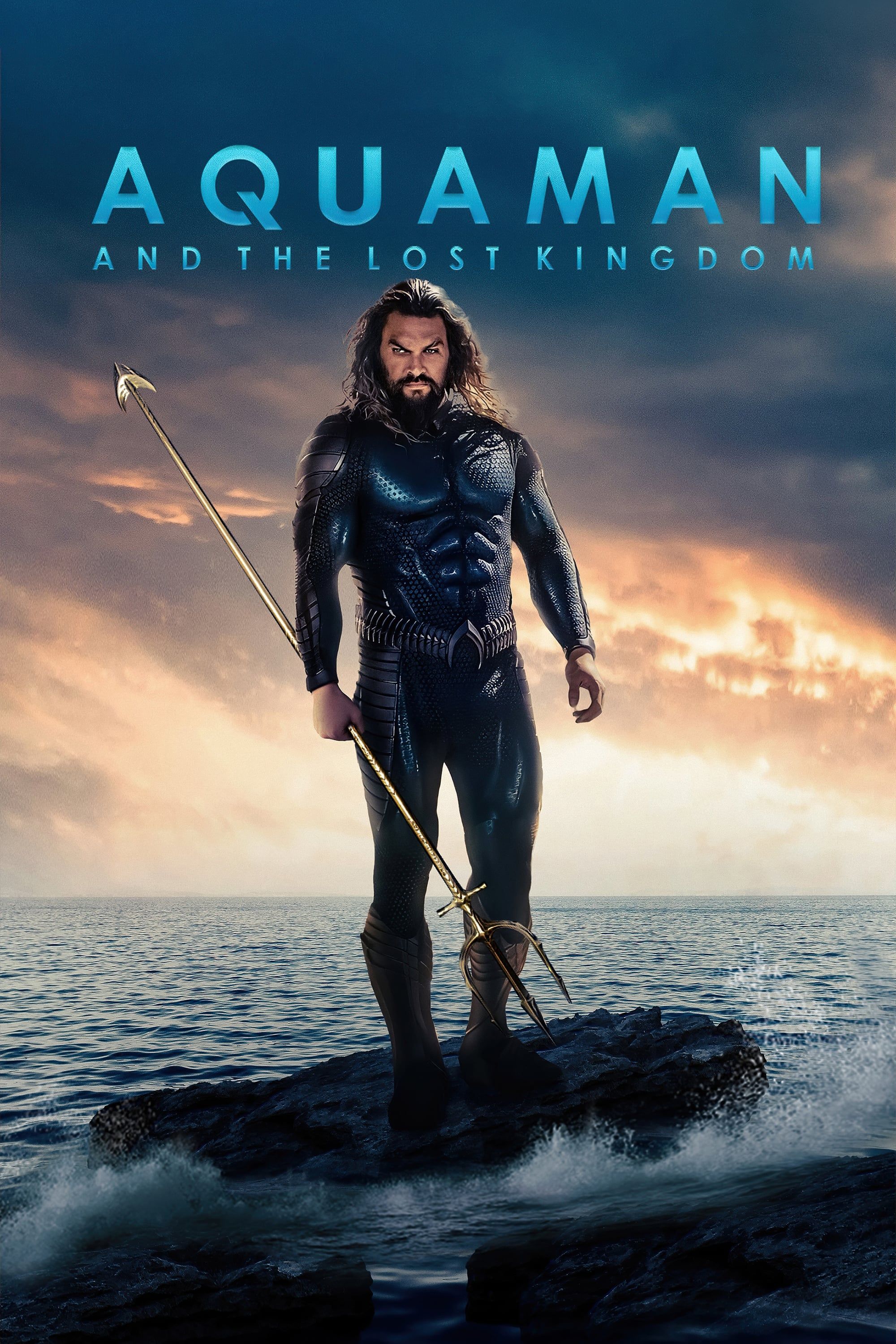Justice League's theatrical cut was the best thing to happen to DC. After The Avengers cemented the Marvel Cinematic Universe as the industry's powerhouse franchise, several other Hollywood studios attempted to make their own shared universe. Naturally, Warner Bros. looked to take full advantage of their popular DC Comics properties by launching what became known as the DC Extended Universe. Starting with Man of Steel in 2013, the franchise wasted no time in adding more heroes to the mix in subsequent installments, with Batman v Superman and Justice League following suit. WB also released Suicide Squad and Wonder Woman during this time.
The idea was that Justice League would be WB's answer to The Avengers, serving as a springboard for an entire interconnected universe of standalone and ensemble comic book adaptations. In 2014, the studio unveiled a full slate a la Marvel, which included projects such as Zack Snyder's Justice League 2 and a Green Lantern reboot. Unfortunately for WB, it didn't take long for their best-intended plans to fall apart - like so many other MCU copycats that came up short of their goals. Rather than being the crown jewel of the movie slate, Justice League was a failure that ended the original DC Extended Universe before it really began.
However, it didn't take long for WB to bounce back. The next two DC films to come out after Justice League were Aquaman and Shazam!, both of which were well-received box office hits. That set the stage for the studio to completely change their strategy moving forward, and it's because they had that one very big set back.
Justice League's Theatrical Cut Was The Culmination of the DCEU's Failure
Even before Justice League, the DCEU was in an uneven place. A majority of the installments (including Zack Snyder's Man of Steel and Batman v Superman: Dawn of Justice) earned mixed-to-negative reviews and polarized audiences. While the films definitely had their fair share of supports, only Wonder Woman could be considered a bonafide critical and commercial success. A common critique was that WB was rushing their shared universe in order to catch up to Marvel, which was already in the midst of its Phase 2 and had established multiple characters across standalone and ensemble movies. It was disappointing when Batman v Superman failed to hit the $1 billion mark at the worldwide box office, putting more pressure on Justice League.
If the DCEU was already struggling to meet expectations prior to Justice League, that movie is when it all fell apart. In a misguided effort to "course-correct" the franchise and embrace Marvel's more light-hearted approach, Justice League's theatrical cut was completely altered, with Joss Whedon overseeing substantial rewrites and reshoots. Not only did the movie fail to win the DCEU any new fans, it also alienated those who did enjoy Snyder's approach and were eager to see the director realize his ultimate vision for DC's superheroes. The end result was a Frankenstein's monster of a film that was panned critically and flopped at the box office. It became clear that WB's initial plan from 2014 was not going to come to fruition and changes had to be made.
WB's DC Strategy Could Only Truly Change With Justice League's Failure
If Justice League's theatrical cut had been even a modest hit, let alone a record-breaking blockbuster, it would have encouraged WB to stay on that track and just ape Marvel's style for the foreseeable future. Justice League becoming a disaster served as the wakeup call the studio needed, making it clear they needed to reevaluate things. Quickly, WB's focus shifted to crafting quality solo movies that could stand on their own merits, rather than trying to make an interconnected shared universe happen. This traditional model is one WB had success before with comic book adaptations (Superman: The Movie, The Dark Knight, etc.) and is a far more feasible approach. In the years since the first Avengers movie, Marvel's emerged as the exception rather than the rule. Shared universes fail more often than not.
Movies like Aquaman and Shazam! were already on the way when Justice League came out, but WB readjusted their strategy to get more creative. This was most apparent in Joker, which was noteworthy for taking place in its own continuity. Even though Jared Leto was the DCEU's Joker, WB moved forward with a gritty, R-rated take on the character starring Joaquin Phoenix (who won an Oscar for his performance). Its haul of $1 billion worldwide proved there was value in scaling things back a bit. Joker is more Taxi Driver or King of Comedy than a normal comic book movie; it's the type of film Marvel can't make. The fact Joker was even green lit was a sign WB realized they could find their niche as the anti-Marvel instead of being Marvel 2.0. Nobody's denying the unbelievable success the MCU's had over the past decade, but it's arguably limiting for another studio to feel a shared universe is the only thing they can do with comic book properties. And now, WB has wholly embraced that potential.
The Snyder Cut Shows How Justice League's Failure Changed Everything
Rather than adhering to one iteration of their characters as "canon," WB/DC has gone in the opposite direction. Now, everything is canon with the studio embracing the multiverse concept. This is obviously most apparent in The Flash, which sees both Michael Keaton and Ben Affleck reprise their Batman roles, but it's evident in other productions as well. The Batman is set in a separate movie universe. It doesn't matter if James Gunn's The Suicide Squad is a direct sequel to Suicide Squad or not. All of the projects WB showcased at DC FanDome had their unique tone and feel, combining to create a varied lineup that should appeal to a wide range of moviegoers. Viewers are already excited to see these films based on what little information is available.
If Justice League's theatrical cut was the culmination of the DCEU's failures, the Snyder Cut is the culmination of WB's new approach. Rather than being positioned as a lynchpin in a definitive canon that can make or break a franchise, the Snyder Cut is merely a cog in the larger DC multiverse. It's easier for viewers to accept it as the Elseworlds story it is because it's existing alongside so many other DC-related movies and TV shows. The same year audiences see Ben Affleck's Batman in the Snyder Cut, they'll meet Robert Pattinson's Batman for the first time. That demonstrates a newfound confidence and comfort WB has as they forge their own path in the genre. One of the most appealing aspects of comic book characters is there are so many iterations of each hero. They've consistently gone through evolutions and every fan has their favorite. It's intriguing the movies are finally moving towards that, and without Justice League's theatrical cut failing, WB may never have gone in this direction.

